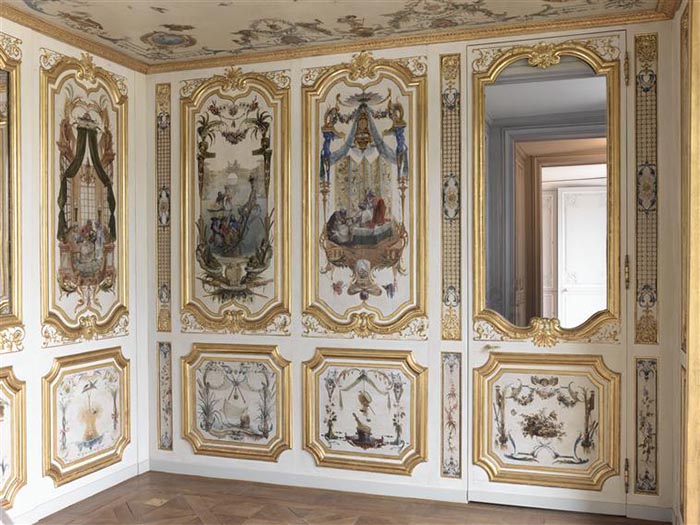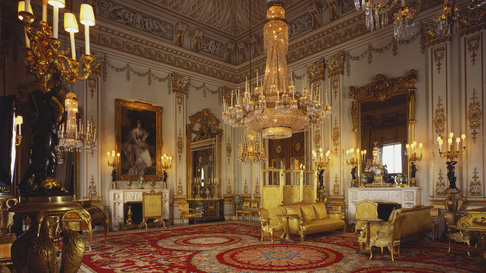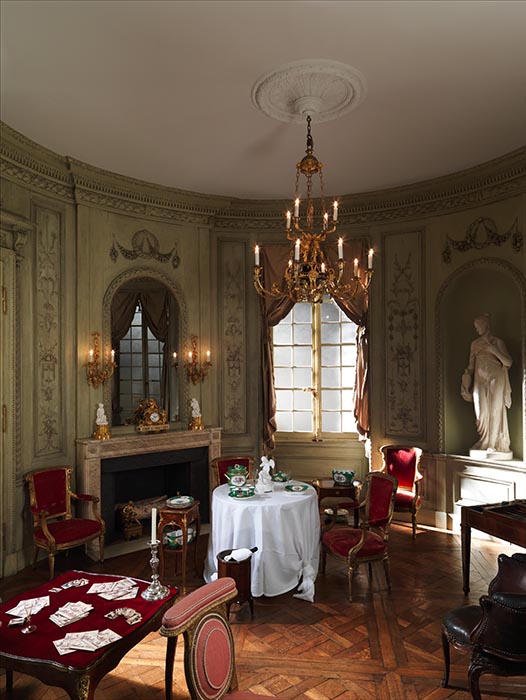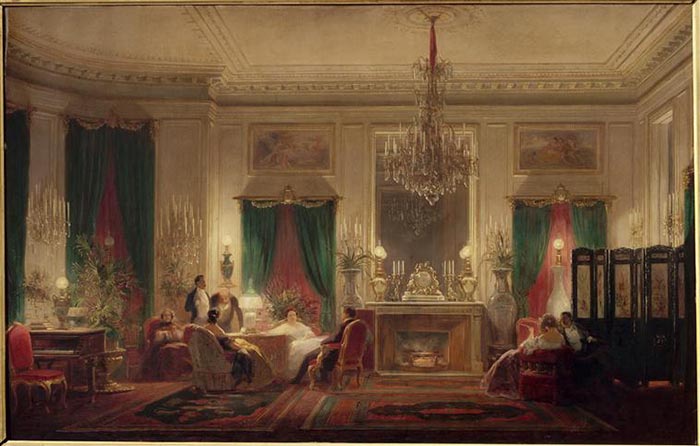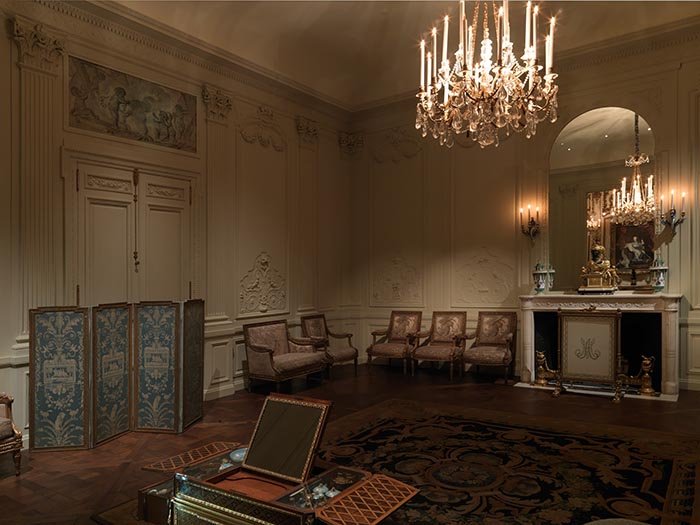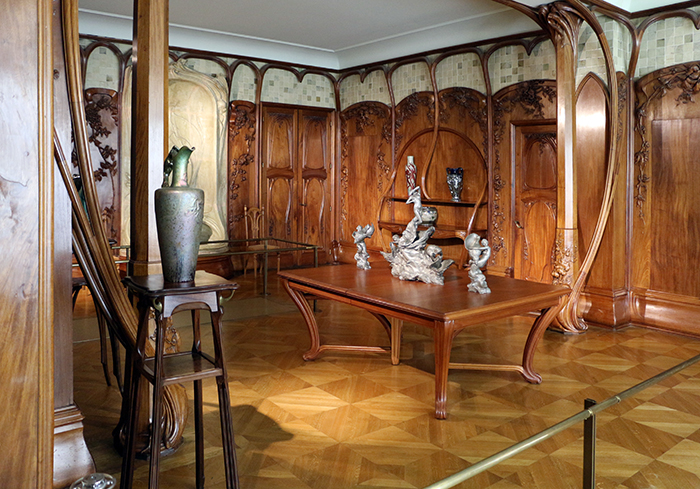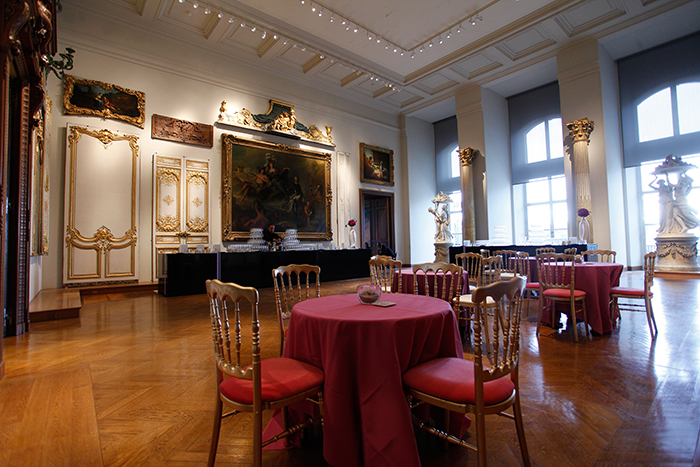Paneled Rooms
Download PDFTrue elements for interior architecture, paneled rooms spread in Renaissance for cabinets of studies or curiosities. The castle of Blois is known indeed for its paneling hiding secret niches. A common habit, since in 1792, a “secret letter” from Marie-Antoinette was found in the paneling of her Apartments of the Tuileries…
In the end of the Middle Ages and during Renaissance it is usually not set on the entire walls, but only from the ground to mid height, just like in certain churches. It can be set as well on the full height of the walls, which will be become a favored decoration in 17th and 18th centuries.
Insulating and soundproof just like parquetry, the paneling provides moreover a major esthetic asset: renowned designers will rapidly give priority to this matter. Wood, which naturally provides a warm atmosphere, has a variety of colors that can be joined; it may be sculpted, painted, gilded or even decorated with stucco. For all these reasons, the most sumptuous Royal Palaces have adopted it, such as Versailles Palace , the St-Petersburgh Hermitage, or even Buckingham Palace.
The paneling in the Versailles Palace and in Trianon establishes itself as a model of elegance, with a thin molding emphasizing the room’s height. Such paneling are still used in 19th century to decorate Princess Mathilde’s Salon, or the Hotel Lauzun where the bohemia of Theophile Gauthier and Charles Baudelaire used to gather.
In addition to its harmonization of the decoration, paneling pieces can modify the structure of spaces, provide rhythm, arrange a space for libraries, console tables, mirrors and niches. The Art Nouveau understands this potential, and utmost exploits the astonishing potentials of paneling. The ensemble designed by Alexandre Charpentier is conceived to bring arches and curved forms to straight walls.
The paneling elements form all together a diversified heritage to which the Museum of Decorative Arts in Paris have payed a tribute in its Paneling Room, a reception room where are exhibited these panels, columns and other elements just like paintings or sculptures would be.
Bibliography
Lettre secrète et curieuse de Marie-Antoinette à Bouillé, trouvée nouvellement dans les boiseries de son appartement au château des Tuileries, 1792.




